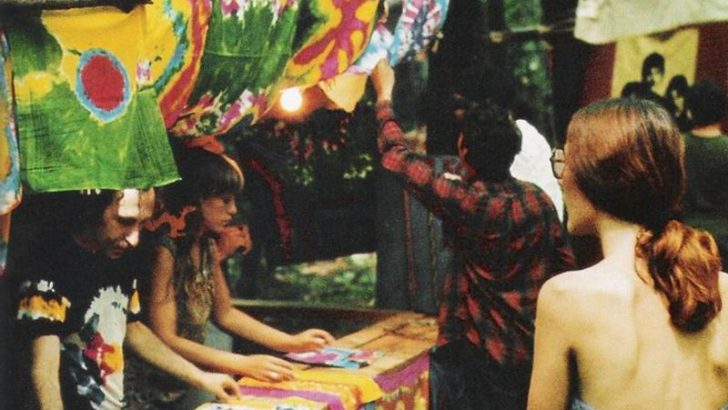The hippie movement of the 1960s and 70s left an indelible mark on society, characterized by unique behaviors, beliefs, and styles that challenged conventional norms. Whether advocating for peace, embracing nature, or expressing individuality through fashion, hippie culture was defined by a profound sense of freedom and community. If you find yourself reminiscing about some of these activities, you might just have been a true hippie at heart. Here are 13 iconic things that were synonymous with being a hippie back in the day.
1. Attending Woodstock
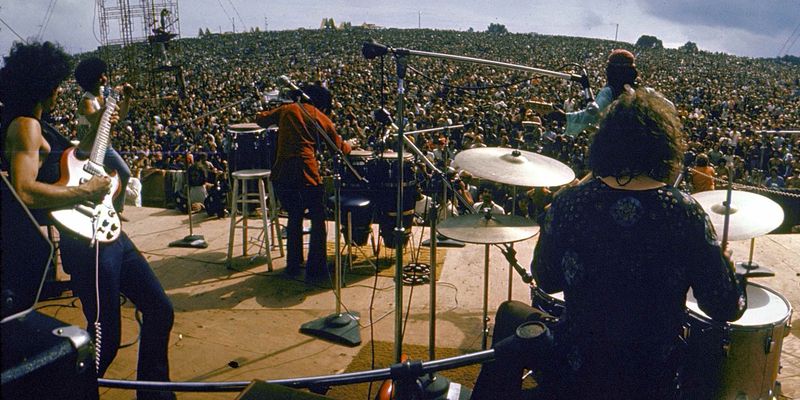
Amidst the chaos of the 1960s, Woodstock became a beacon of peace and music. Imagine being part of that iconic gathering in 1969, surrounded by half a million people united by love and harmony.
Music legends like Jimi Hendrix and Janis Joplin took the stage, creating unforgettable moments. The air was filled with the scent of freedom and the spirit of rebellion.
Woodstock wasn’t just a festival; it was a movement, an emblem of the hippie counterculture. It broke barriers, celebrated diversity, and left an everlasting impression on music and society.
2. Living in a Commune
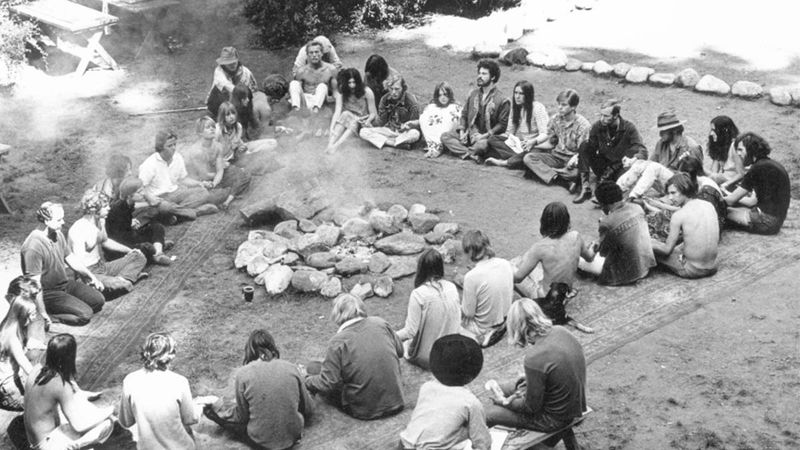
Living harmoniously with the land and each other defined the essence of commune life. Picture waking up to the sun rising over a shared garden, with chores assigned not by obligation but by choice.
Communes were places where equality and cooperation thrived, offering an escape from the materialistic world. Sharing meals, resources, and ideals fostered a strong sense of community.
These self-sustaining enclaves were more than just living spaces; they were experiments in social reform, reflecting the hippie dream of living simply and peacefully.
3. Wearing Tie-Dye
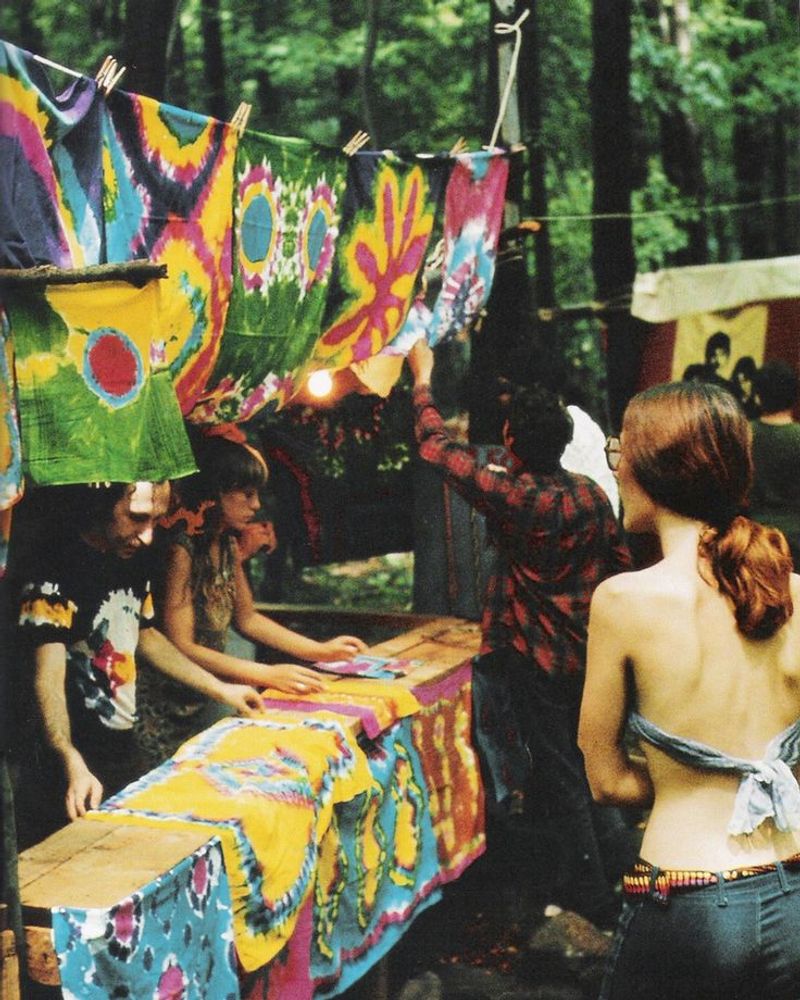
Tie-dye wasn’t just fashion; it was an expression of individuality and creativity. Each garment was a canvas of swirling colors, a personal masterpiece.
Creating tie-dye was an art form, with each twist and fold producing unique patterns. It became synonymous with the free-spirited attitude of the hippie era.
Wearing tie-dye was like wearing a badge of nonconformity, a symbol of rebellion against the monotony of mainstream fashion. It carried the message of peace, love, and colorful expression.
4. Protesting for Peace
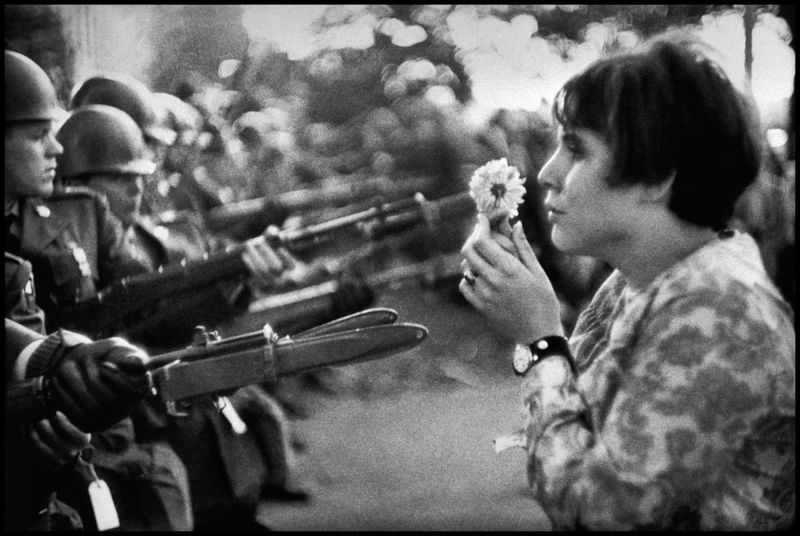
Peace was the anthem of the hippie movement, and protest was its chorus. The streets were alive with chants for change and banners demanding an end to war.
Marching hand in hand, hippies showed the power of peaceful protest. It was about more than opposing war; it was a call for universal harmony.
Each protest was a testament to the belief that peace could prevail, and that ordinary people had the power to shape a better world.
5. Practicing Yoga and Meditation
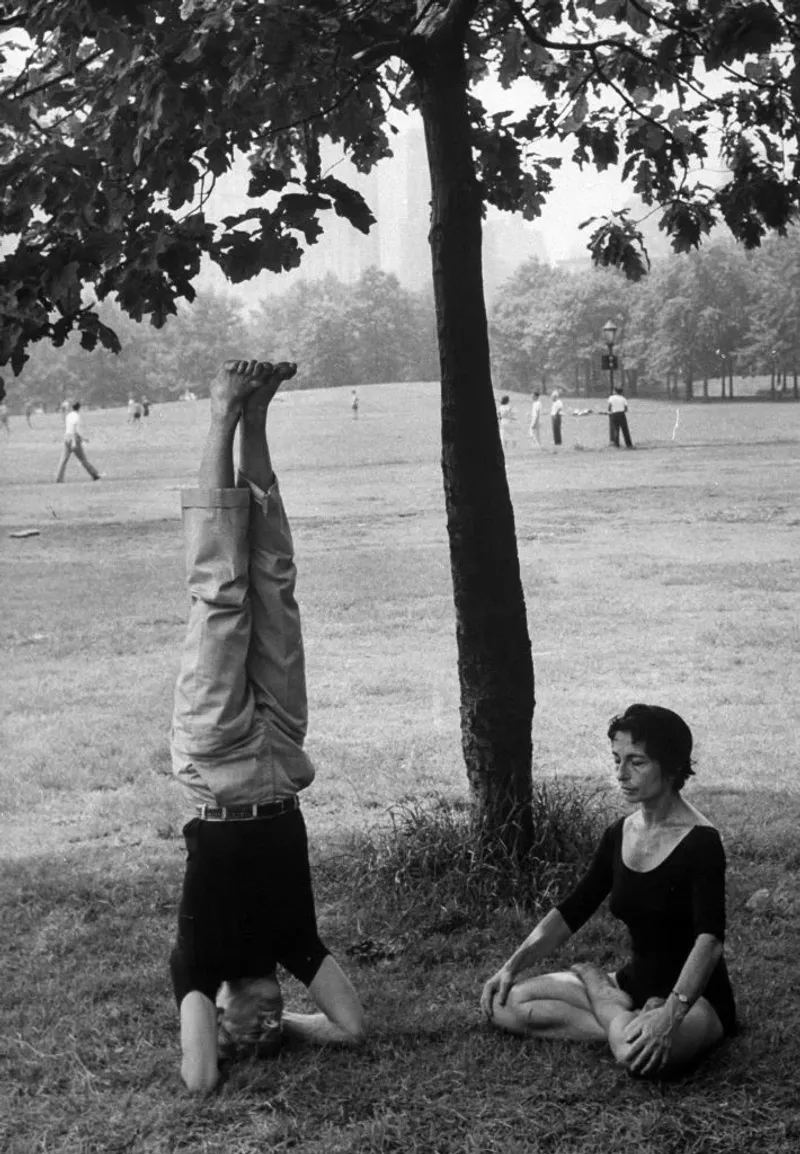
Yoga and meditation were the spiritual backbone of the hippie lifestyle, providing a path to inner peace and self-discovery. Imagine finding tranquility amidst the chaos of the world.
It was more than exercise; it was a philosophy, a way to connect with oneself and the universe. The practice fostered mindfulness and a sense of unity.
Through yoga, hippies embraced holistic health, aligning their bodies and minds with the natural world.
6. Traveling in a Volkswagen Bus
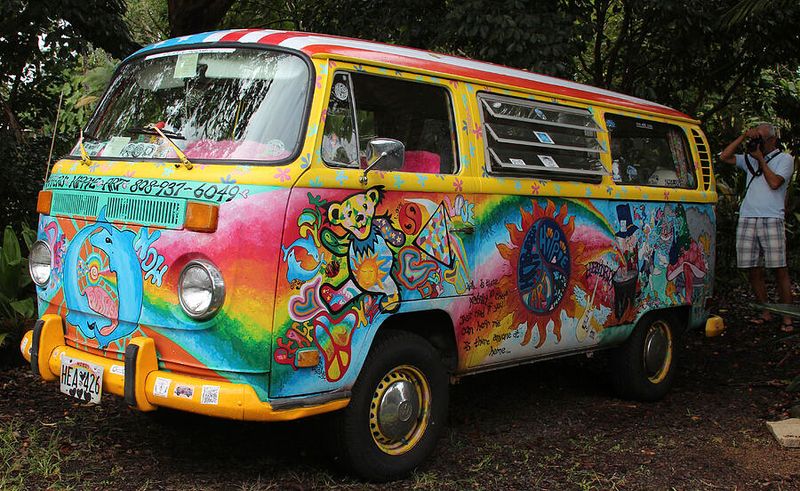
The Volkswagen bus wasn’t just transportation; it was a symbol of freedom and adventure. With its iconic design and ample space, it became the quintessential hippie vehicle.
Journeys in these buses were about exploration and discovery, often with friends and a shared love for wandering.
Painted with peace signs and psychedelic art, these buses carried the spirit of the hippie movement, serving as homes on wheels for those who sought life on the open road.
7. Wearing Bell Bottoms
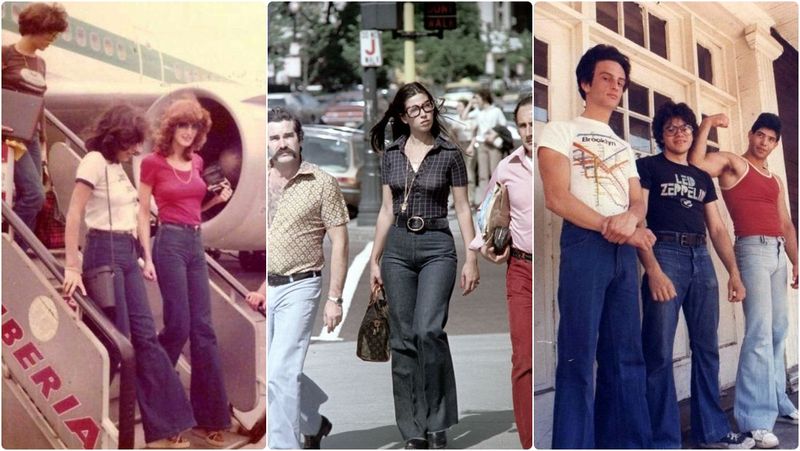
Fashion took a dramatic turn with the rise of bell bottoms. These wide-legged pants became a statement, challenging the norms of style and expression.
Bell bottoms symbolized freedom and were often paired with bohemian tops and accessories. They were a favorite among rock stars and everyday hippies alike.
Wearing them was an act of defiance against convention, embracing the bold and the free-spirited nature of the era.
8. Listening to Psychedelic Rock
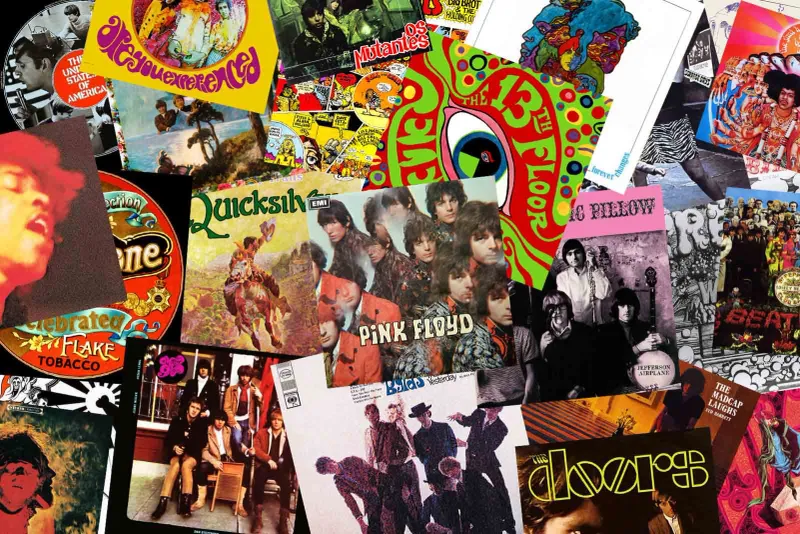
Psychedelic rock was the soundtrack of the hippie era, a genre that pushed musical boundaries and expanded minds.
Albums by bands like The Grateful Dead and Pink Floyd offered more than music; they provided an experience, a journey through sound and emotion.
Listening to these records was a communal event, a shared exploration of consciousness that resonated with the ideals of peace and love.
9. Experimenting with Alternative Lifestyles
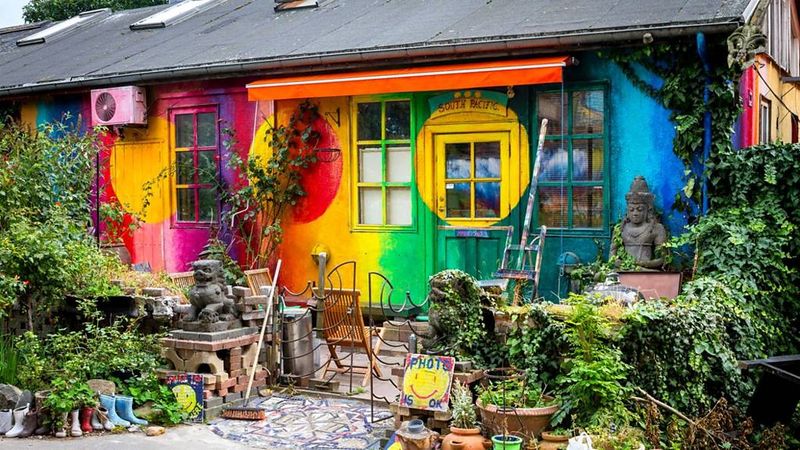
Embracing alternative lifestyles was at the core of the hippie ethos. It was about questioning societal norms and exploring new ways of living.
From communal living to organic farming, hippies sought to create self-sustaining communities that valued harmony with nature.
This experimentation was a quest for authenticity, a search for meaning beyond material possessions, and a challenge to the status quo.
10. Wearing Flowers in Your Hair
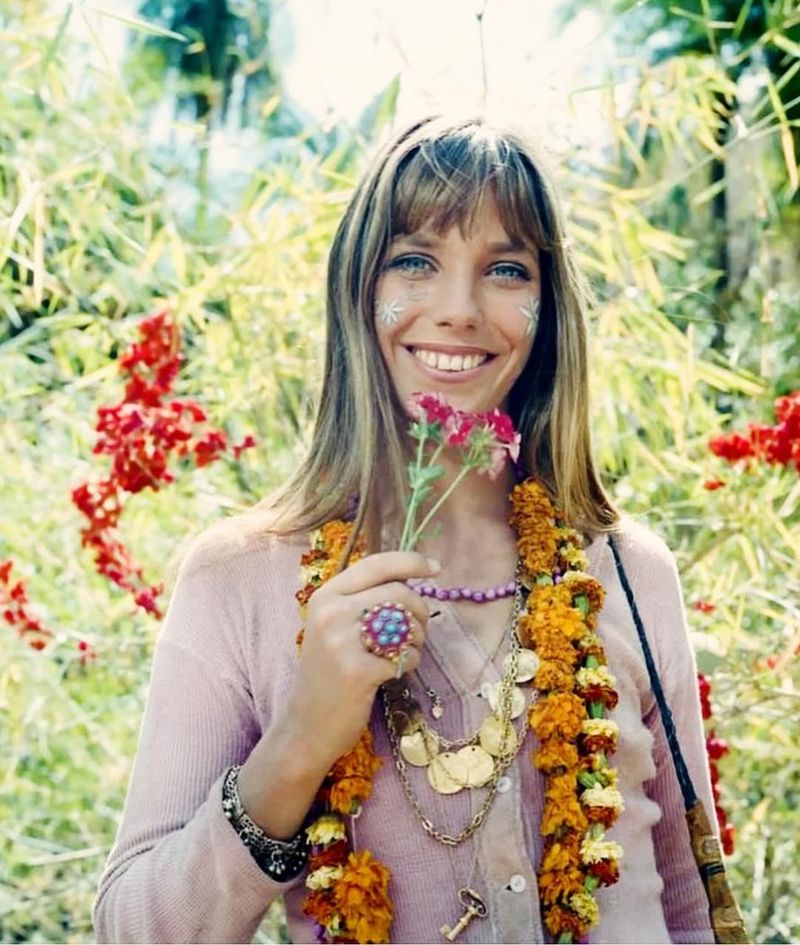
“If you’re going to San Francisco, be sure to wear some flowers in your hair.” This lyric captured the essence of the flower child movement.
Wearing flowers in your hair was a symbol of peace and love, a gentle protest against the violence of the era.
It embodied the hippie spirit, a reminder of the beauty and simplicity of nature, and a call to return to innocence.
11. Attending a Love-In
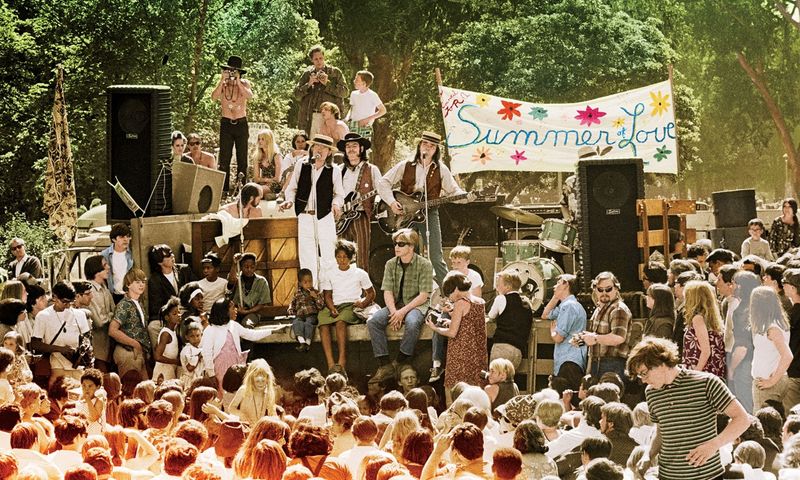
Love-ins were gatherings where love and harmony were celebrated above all. Imagine a park filled with people, music, and laughter, united by a shared vision of peace.
These events were a response to societal turmoil, offering a haven of acceptance and understanding.
A love-in was more than an event; it was a statement, a testament to the transformative power of love and community.
12. Creating Psychedelic Art
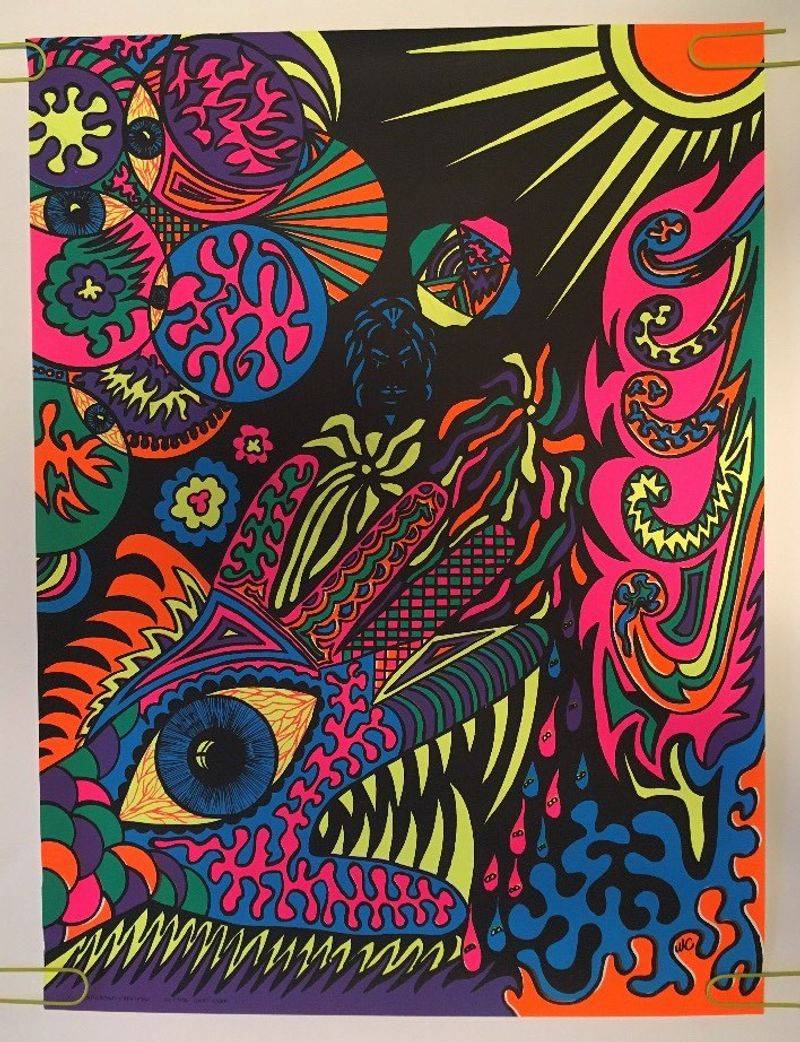
Psychedelic art was an explosion of color and imagination, reflecting the inner journeys of the artists. It was a visual representation of the era’s consciousness-expanding ethos.
Artists experimented with vivid colors, abstract shapes, and surreal imagery, creating works that were both mesmerizing and mind-bending.
This art form wasn’t confined to galleries; it adorned posters, album covers, and clothing, becoming an integral part of the hippie identity.
13. Practicing Free Love
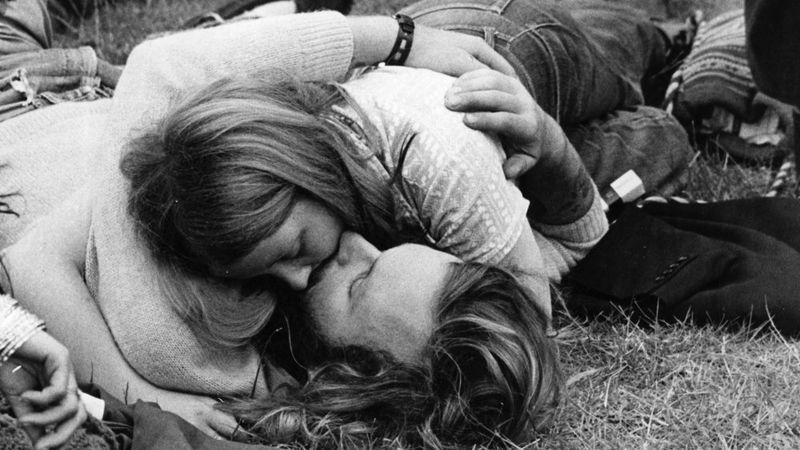
Free love was a cornerstone of the hippie philosophy, advocating for open and honest relationships. It was about breaking free from societal constraints on love and sexuality.
Practicing free love meant embracing love as a universal bond, transcending traditional norms and expectations.
It was a movement towards authenticity in relationships, celebrating love in all its forms and fostering a deeper connection with others.

